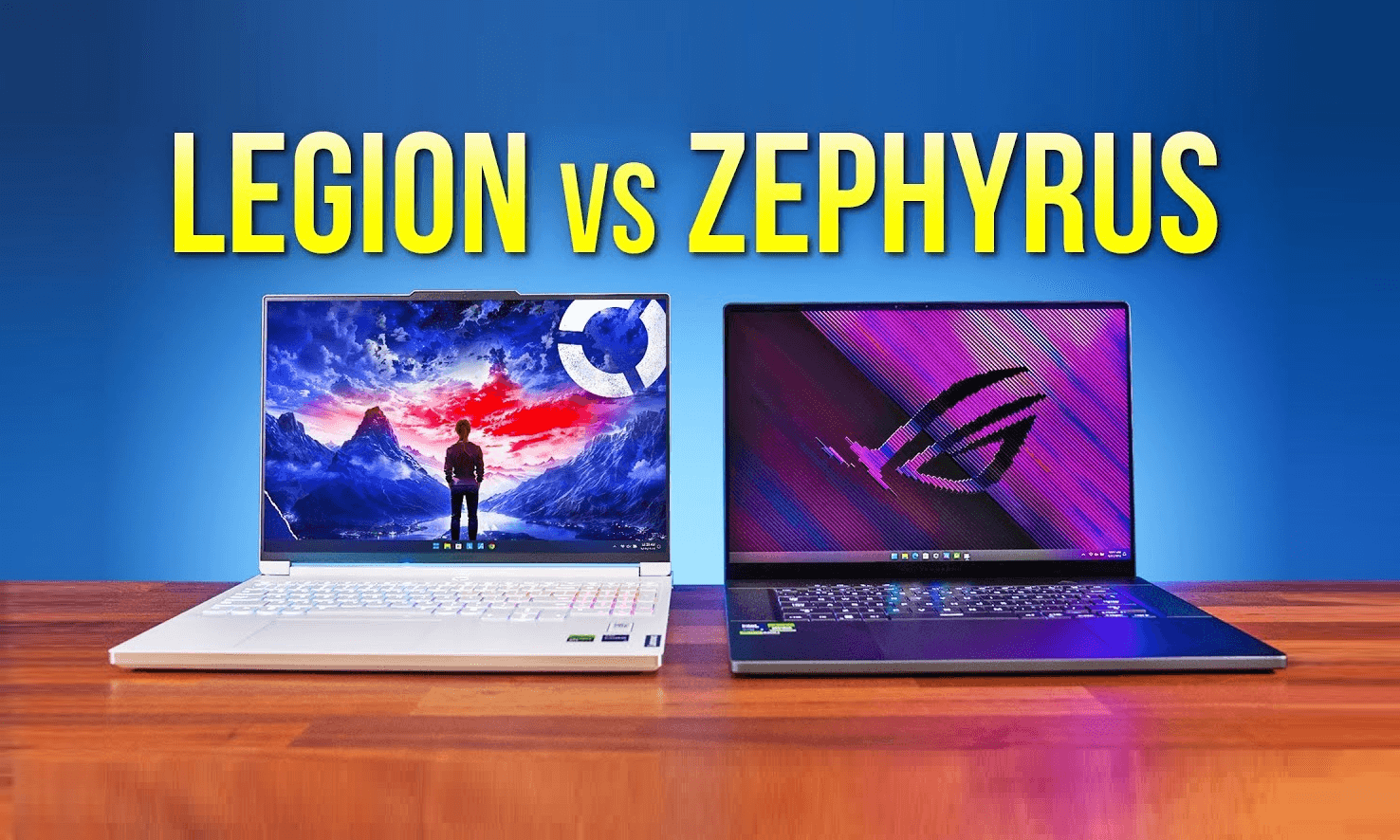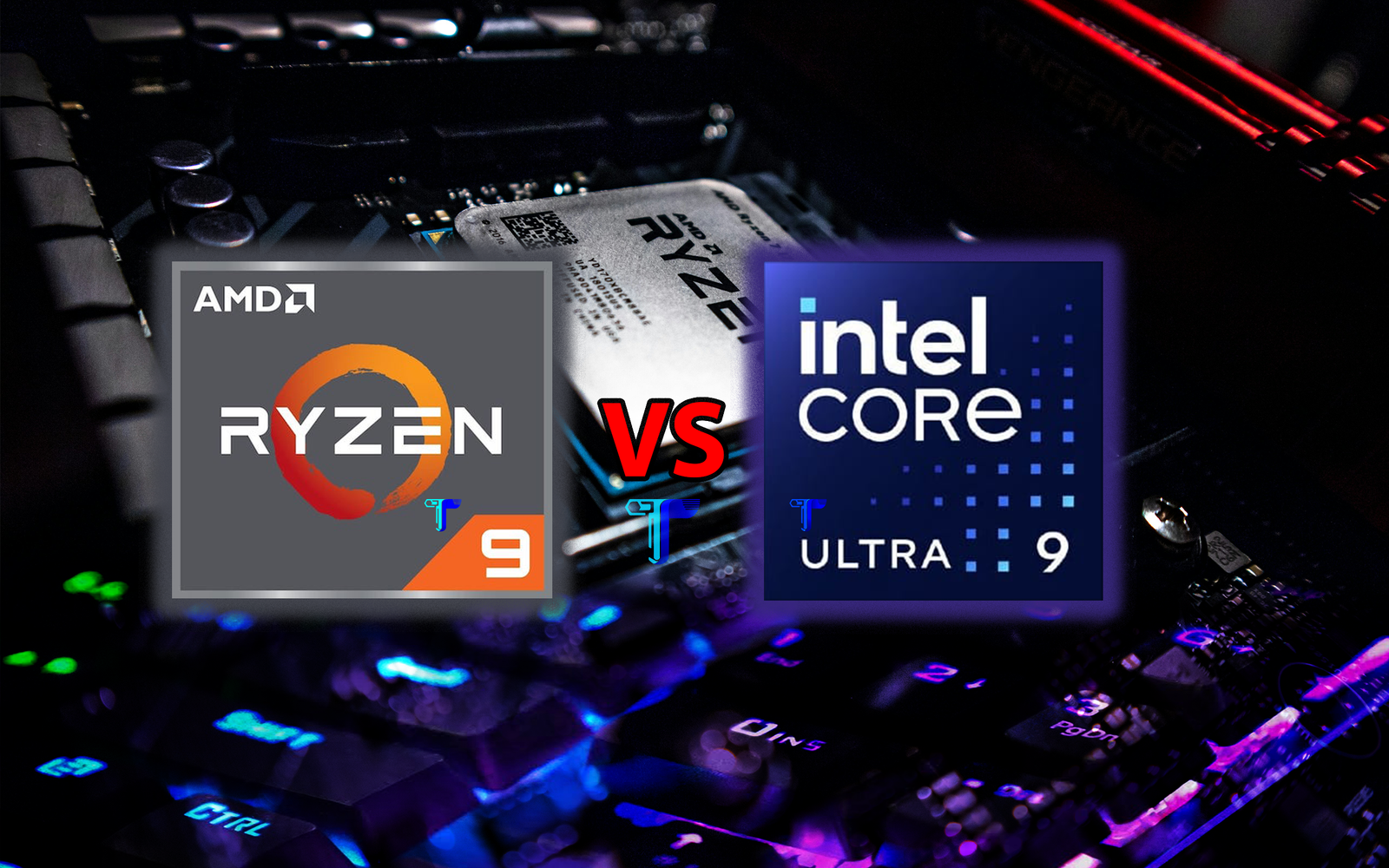The rivalry between Apple’s M4 Max MacBook Pro and Nvidia-powered laptops such as the MSI Stealth 18 Studio A1, equipped with the RTX 4090, has sparked widespread attention. These devices represent the pinnacle of performance in their respective domains—Apple dominating the creator’s market with its polished ecosystem, and Nvidia setting benchmarks for gaming and graphical processing.
Both devices are powerhouses, yet they cater to distinctly different audiences. Apple’s M4 Max MacBook Pro continues to impress with its efficiency and seamless integration with creative tools, while Nvidia’s RTX 4090-based laptops, like the MSI Stealth, stand out with unmatched graphical performance and versatility. A closer comparison across benchmarks and real-world scenarios provides deeper insights into what each device offers and which one might be the better choice for specific user needs.
This expanded version maintains the original context but adds more detail for clarity and depth.
Specifications Overview
| Specification | MacBook Pro (M4 Max) | MSI Stealth 18 Studio A1 |
|---|---|---|
| Processor | 20-core M4 Max CPU | Intel i9-185H Ultra (16 cores, 22 threads) |
| GPU | 40-core GPU | Nvidia RTX 4090 (16 GB laptop edition) |
| RAM | 128 GB unified memory | Upgradable |
| Storage | Non-upgradable, pre-configured at purchase | Dual NVMe M.2 slots, user-upgradable |
| Screen | 14.2-inch mini-LED display | 18-inch mini-LED display |
| Price | Approximately $3,300 | Similar to the MacBook Pro at $3,300 |
Storage Performance Comparison:
When it comes to storage speeds, both the MacBook Pro M4 Max and the MSI Stealth 18 Studio A1 showcase impressive performance, but they excel in different areas suited to specific tasks.
| Device | Read Speeds | Write Speeds | Key Advantage |
|---|---|---|---|
| MacBook Pro M4 Max | 5,765 MB/s | 8,329 MB/s | Superior write speeds, ideal for creative workflows like video editing. |
| MSI Stealth 18 Studio A1 | 7,090 MB/s | 5,186 MB/s | Faster read speeds, better for gaming and data-intensive tasks. |
-
MacBook Pro M4 Max:
The MacBook Pro M4 Max stands out with superior write speeds of 8,329 MB/s, making it perfect for tasks like video editing, 3D rendering, and other creative workflows where large file transfers and quick saves are crucial. Faster write speeds are especially beneficial when dealing with high-resolution video files or when working on intensive projects that involve a lot of data manipulation. The read speed is slightly lower at 5,765 MB/s, but for most creative tasks, write speed takes precedence. -
MSI Stealth 18 Studio A1:
On the other hand, the MSI Stealth 18 Studio A1 has a faster read speed of 7,090 MB/s, making it more efficient for tasks that require rapid access to data, such as gaming, loading game assets, or working with large data sets. The write speed of 5,186 MB/s is not as fast as the MacBook Pro’s, which means that while it’s good for gaming, video editing tasks may not be as efficient when it comes to saving or transferring large files quickly.
Summary:
- The MacBook Pro M4 Max is optimized for creative workflows thanks to its faster write speeds, making it ideal for video editors and content creators.
- The MSI Stealth 18 Studio A1 excels in read speeds, making it a better fit for gaming and data-intensive tasks where rapid data retrieval is important.
This comparison highlights the strengths of each machine, helping users choose the one that best suits their needs based on storage performance.
CPU Performance
The battle of processors between Apple’s M4 Max and Intel’s i9 highlights the distinct strengths of each chip, tailored for different types of workloads.
Aspect |
Apple M4 Max (MacBook Pro) |
Intel i9 (MSI Stealth 18 Studio A1) |
|---|---|---|
| Architecture | Apple’s custom architecture, tight macOS integration | Intel’s versatile architecture, Nvidia GPU support |
| Single-Core Performance | 4,000+ (Geekbench) | 2,441 (Geekbench) |
| Multi-Core Performance | 25,916 (Geekbench) | 13,352 (Geekbench) |
| Cinebench 2024 Single-Core | 178 | 106 |
| Cinebench 2024 Multi-Core | 1,962 | 1,578 |
| Ideal Use Cases | High single-threaded tasks like video editing, creative software (Final Cut Pro, Logic Pro) | Multithreaded tasks like 3D rendering, complex simulations, gaming |
| Thermal Efficiency | Excellent power efficiency, minimal throttling | Can experience higher thermal throttling, depending on workload |
| Key Strengths | Single-core performance, power efficiency, portability | Multicore performance, multitasking, gaming, raw computing power |
In CPU performance, the MacBook Pro maintains an edge, particularly for single-core-heavy applications like certain editing tasks.
GPU Performance
When it comes to graphics, the Nvidia RTX 4090 clearly outshines the M4 Max, especially in areas that demand intense graphical power, such as gaming and 3D rendering. The RTX 4090, built on Nvidia’s Ada Lovelace architecture, is a powerhouse designed to deliver exceptional performance in ray tracing, real-time rendering, and AI-enhanced graphics. It supports features like DLSS 3.0, which boosts frame rates and visual fidelity without compromising performance, making it a top choice for gamers and professionals working with complex visual tasks.
In gaming, the RTX 4090 delivers a truly immersive experience, providing ultra-high frame rates at 4K resolutions with ray-traced graphics. Titles with demanding graphics, such as those with advanced lighting, shadows, and reflections, run smoothly on the RTX 4090, offering a level of detail and realism that is unmatched by the M4 Max. It also excels in VR and other high-fidelity gaming experiences, ensuring smooth, stutter-free performance even in the most graphically intense environments.
While the M4 Max offers solid performance for creative tasks such as photo and video editing, its integrated GPU simply can’t match the raw graphical power of the RTX 4090. The M4 Max is well-suited for creators working within Apple’s optimized ecosystem, but when it comes to GPU-heavy tasks like 3D rendering, gaming, and simulations, the RTX 4090 reigns supreme. Its advanced features and sheer power make it the better choice for those who require top-tier graphics performance.
| Test | MacBook Pro (M4 Max) | MSI (RTX 4090) |
|---|---|---|
| Geekbench OpenCL Graphics Test | 15,928 | 169,900 |
| Cinebench GPU Test | 16,560 | 23,189 |
| 3D Mark Wildlife Extreme Unlimited | 36,368 | 35,5128 |
The RTX 4090 consistently leads in raw performance metrics, but the MacBook Pro’s M4 Max demonstrates competitive results, particularly in optimized applications.
Video Editing Performance
Using Adobe Premiere, a 10-minute H.264 export test showcased the MacBook Pro’s media engines:
- MacBook Pro (M4 Max): 126 seconds
- MSI Stealth (RTX 4090): 143 seconds
The dual media engines in the M4 Max offer significant advantages for video editing, optimizing performance and efficiency.
Gaming Performance
Gaming is an area where Nvidia laptops typically dominate, but how does the M4 Max hold up?
- GTA V (1920×1200, Very High Settings):
- MacBook Pro (M4 Max): 110 FPS
- MSI Stealth (RTX 4090): 172 FPS
- Cyberpunk 2077 (1920×1200, Ultra Settings, No DLSS/FSR):
- MacBook Pro (M4 Max): 86 FPS
- MSI Stealth (RTX 4090): 98 FPS
The RTX 4090 maintains a noticeable lead in gaming, though the M4 Max performs admirably, especially considering it runs many games through emulation software like Crossover.
Key Advantages
The MacBook Pro (M4 Max) is specifically designed for creative professionals, offering optimized performance for tasks such as video editing. Its superior speed in handling video editing tasks and its compact, portable design make it an ideal choice for those on the go, particularly in creative fields like film production, graphic design, and music production.
On the other hand, the MSI Stealth 18 Studio A1 is a powerhouse when it comes to gaming and multitasking. Its upgradable hardware allows users to enhance the machine over time, while its exceptional gaming performance ensures a smooth and immersive experience. The laptop also features a larger display and versatile connectivity options, making it suitable for a variety of professional and gaming applications.
| Device | Key Features |
|---|---|
| MacBook Pro (M4 Max) | Optimized for creative tasks, Superior video editing speeds, Compact and portable design |
| MSI Stealth 18 Studio A1 | Upgradable hardware, Exceptional gaming performance, Larger display and versatile connectivity |
Final Verdict
The choice between these two machines largely depends on the user’s needs. The MacBook Pro M4 Max excels in productivity and video editing, making it an ideal choice for creators who value efficiency, portability, and optimized software integration. Its powerful media engines make it particularly well-suited for video editors, while its seamless performance with creative tools ensures a smooth workflow.
On the other hand, the MSI Stealth with RTX 4090 is a powerhouse designed for gaming and tasks that demand raw GPU power. Its high-end graphics capabilities, such as real-time ray tracing and AI-enhanced performance, make it the go-to choice for gamers and professionals working with demanding 3D rendering or simulations. With its ability to handle intensive graphical workloads, the MSI Stealth stands out in GPU-heavy applications.
Ultimately, whether Apple’s M4 Max can “beat” Nvidia depends on the task at hand. For creators seeking efficiency and portability, the MacBook Pro M4 Max is unbeatable. However, gamers and users needing maximum GPU power and top-tier graphics performance will find the MSI Stealth RTX 4090 to be the better choice. Both devices excel in their respective areas, making the decision a matter of what best suits the user’s specific needs.




